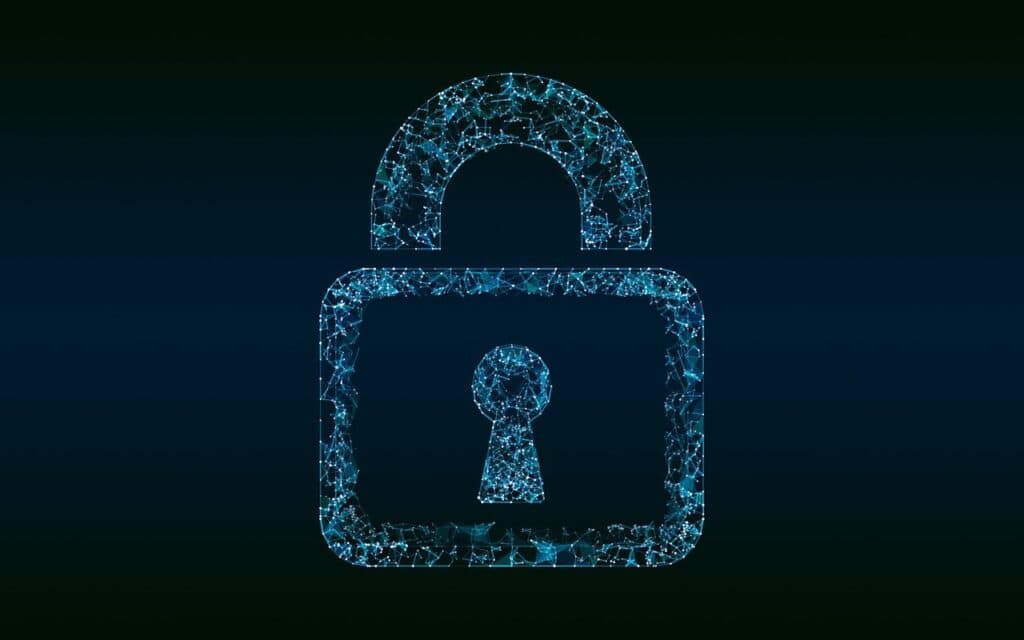As businesses continue to embrace digital transformation, the need for cybersecurity has never been greater. Cyber threats are evolving rapidly, and companies that do not take proactive steps to assess and mitigate risks may face severe consequences, including data breaches, financial losses, and reputational damage.
One of the most effective ways to protect an organization’s digital assets is through a cybersecurity risk assessment. This structured approach helps businesses identify vulnerabilities, evaluate potential threats, and implement security measures to prevent cyberattacks.
In this guide, we will explore what a cybersecurity risk assessment entails, why it is essential, and how businesses can conduct one effectively. We will also discuss common cybersecurity risks, recommended tools, and best practices to enhance your organization’s security posture.
Understanding Cybersecurity Risk Assessments
A cybersecurity risk assessment is a systematic process of identifying, analyzing, and prioritizing cybersecurity risks within an organization. The goal of the assessment is to understand where vulnerabilities exist and to implement security controls that minimize the likelihood of a cyber incident.
Unlike a general IT audit, which reviews an organization’s technology infrastructure, a cybersecurity risk assessment is specifically focused on identifying threats that could lead to security breaches. This includes risks such as phishing attacks, malware infections, ransomware, and insider threats.
By conducting a thorough assessment, businesses can take proactive steps to protect their sensitive information, ensure compliance with industry regulations, and prevent operational disruptions caused by cyber threats.
Why Cybersecurity Risk Assessments Are Critical for Businesses
Many businesses operate under the assumption that their cybersecurity measures are sufficient—until they experience a breach. However, cybercriminals continuously develop new attack techniques, and no organization is immune to cyber threats.
A cybersecurity risk assessment provides several benefits that contribute to a stronger security strategy:
1. Protection of Sensitive Data
One of the primary reasons businesses conduct cybersecurity risk assessments is to safeguard sensitive information, including customer data, financial records, intellectual property, and employee credentials. Cybercriminals target valuable data for financial gain, espionage, or sabotage. A security assessment helps organizations identify weaknesses in their data protection strategies and apply the necessary security controls.
2. Compliance with Regulatory Requirements
Many industries, such as healthcare, finance, and government sectors, are required to comply with strict cybersecurity regulations. Laws such as HIPAA, GDPR, and CMMC mandate businesses to implement security measures that protect personal and financial data. Conducting a cybersecurity risk assessment ensures that organizations remain compliant, avoiding hefty fines and legal consequences.
3. Prevention of Financial Losses
Cyberattacks can result in substantial financial losses due to ransomware payments, legal fees, fines, loss of customers, and system downtime. By identifying and addressing security vulnerabilities through an assessment, businesses can reduce their risk exposure and prevent costly breaches.
4. Strengthening Business Continuity and Operational Resilience
Cyber incidents can cripple an organization’s operations, leading to significant downtime and productivity losses. A cybersecurity risk assessment helps businesses develop incident response plans that ensure continuity in the event of a cyberattack. This enables companies to recover quickly and maintain customer trust.
5. Enhancing Employee Security Awareness
Many security breaches occur due to human error, such as employees falling victim to phishing emails or using weak passwords. A cybersecurity risk assessment highlights these risks and allows organizations to implement security awareness training to educate employees about best practices.
How to Conduct a Cybersecurity Risk Assessment
A cybersecurity risk assessment involves a structured and detailed approach to identifying, prioritizing, and mitigating cyber risks. The following steps provide a framework for conducting an effective assessment:
1. Define the Scope of the Assessment
The first step is to determine which systems, networks, applications, and data assets need to be assessed. The scope may include:
- Entire IT infrastructure
- Cloud applications and data storage solutions
- Customer databases and financial records
- Internal communication platforms and employee credentials
Defining the scope helps businesses focus on critical assets and allocate security resources effectively.
2. Identify Cybersecurity Threats
Once the scope is established, organizations need to identify potential cyber threats that could compromise their systems. These threats can include:
- Phishing and Social Engineering Attacks: Cybercriminals attempt to trick employees into revealing login credentials or sensitive data.
- Malware and Ransomware Attacks: Malicious software infects systems, encrypting files and demanding payment for decryption.
- Data Breaches: Unauthorized access to sensitive data due to weak security controls.
- Insider Threats: Employees or third-party vendors who misuse their access privileges.
Understanding these threats allows businesses to develop targeted security strategies.
3. Inventory and Assess Critical Assets
A comprehensive cybersecurity risk assessment requires businesses to identify and catalog their critical assets. These may include:
- Customer and employee data
- Financial information and intellectual property
- Cloud storage and network infrastructure
- Proprietary software and business applications
Once assets are identified, organizations should evaluate their current security measures and determine whether additional protections are needed.
4. Conduct a Vulnerability Assessment
A vulnerability assessment is a technical analysis designed to uncover security weaknesses in an organization’s systems, applications, and networks. This step involves:
- Checking for unpatched software that could be exploited by cybercriminals.
- Assessing weak passwords and authentication mechanisms.
- Reviewing misconfigured security settings that may expose data.
- Identifying outdated firewalls and antivirus protections.
Vulnerability assessments provide actionable insights into areas that need immediate attention.
5. Prioritize and Mitigate Risks
Not all cybersecurity risks pose the same level of threat. Businesses should prioritize vulnerabilities based on:
- The likelihood of an attack occurring
- The potential impact on operations and financial stability
- The effectiveness of current security measures
By addressing high-risk vulnerabilities first, organizations can significantly reduce their exposure to cyber threats.
6. Implement Security Controls
Once vulnerabilities have been identified and prioritized, businesses should implement security controls to mitigate risks. These may include:
- Firewalls and Intrusion Detection Systems: Blocking unauthorized access attempts.
- Endpoint Protection and Antivirus Software: Securing devices against malware.
- Multi-Factor Authentication (MFA): Adding an extra layer of protection to user accounts.
- Regular Security Awareness Training: Educating employees on safe cybersecurity practices.
7. Continuous Monitoring and Regular Updates
Cybersecurity risk assessments should not be a one-time event. As cyber threats evolve, businesses must:
- Regularly monitor security systems for anomalies.
- Conduct periodic vulnerability scans and penetration testing.
- Update security protocols and incident response plans based on new threats.
This ongoing approach ensures that businesses stay ahead of emerging cybersecurity challenges.
Schedule a Cybersecurity Risk Assessment with CMIT Solutions of Concord
At CMIT Solutions of Concord, we specialize in helping businesses strengthen their cybersecurity posture through comprehensive risk assessments. Our team of experts identifies vulnerabilities, analyzes security risks, and implements robust security measures to protect your organization from cyber threats.
Take Action Today with an L1 Vulnerability Assessment
If you want to evaluate the security of your IT environment and uncover potential risks, we offer a Level 1 Vulnerability Assessment that provides a detailed analysis of your systems. This assessment will help your business:
- Identify security weaknesses before they can be exploited.
- Understand compliance requirements and industry best practices.
- Reduce the risk of cyberattacks and operational disruptions.





